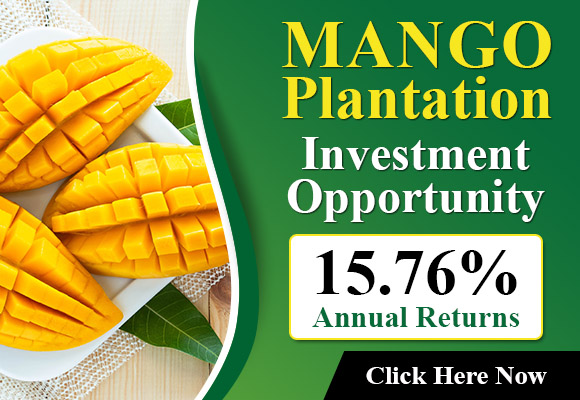Vietnam remains a key supplier of dragon fruit to India, with exports maintaining steady volumes over the past couple of years, says Vivek Aggarwal, Business Head at Angel Fine Foods Company Ltd., based in Vietnam. “We have been exporting dragon fruit to India consistently for two years and ship around 5-6 containers each month throughout the year.”
According to Aggarwal, India’s import preference largely leans towards the white flesh dragon fruit variety, typically packed in 9 kg cartons. “CIF Nhava Sheva prices for the August-October period have dropped by 25% as compared to last year,” Aggarwal mentions, attributing the decline mainly to slower buying from China, which has softened demand and pricing in Vietnam.
 © Angel Fine Foods Company Ltd.
© Angel Fine Foods Company Ltd.
Aggarwal highlights that the Indian market is not without challenges. “In India, the margin pressure is significant. Though buyers continue importing regularly, the high level of competition makes profitability uncertain. Another layer of competition comes from India’s own growing dragon fruit production during its harvest season.” Aggarwal notes that when Indian dragon fruit arrivals peak, Vietnamese imports drop sharply from around 200 containers per month to just about 50-60 containers.
Despite India’s domestic production steadily increasing, Aggarwal observes a quality gap compared to Vietnamese imports. “India typically grows red dragon fruit, which is sweeter but has a shorter shelf life. Despite local growth, the demand for Vietnamese imports remains strong, with supply throughout the year,” he mentions.
 © Angel Fine Foods Company Ltd.
© Angel Fine Foods Company Ltd.
Earlier, transport logistics posed a significant challenge. Exports moved via indirect vessels through Port Kelang and the Port of Singapore, causing delays that extended the transit time to up to 25 days. “Now with weekly direct vessels from Vietnam to major Indian ports like Nhava Sheva and Chennai port, transit time has reduced to 9 to 13 days, preserving fruit freshness and quality better through to retail,” Aggarwal says.
Looking ahead, Aggarwal expects continuation of historical export volumes from Vietnam to India, with 200-230 containers monthly between August and March, supported by festival and wedding demand. However, he stresses that improvements in Indian retail prices would be necessary to sustain importer margins and the viability of continued imports.
“Currently, Indian retail prices range from USD 0.7 to 1.1 per piece, compared to wholesale prices of USD 0.4 to 0.45, leaving significant retailer margins relative to consumer purchasing power. Meanwhile, farm-gate returns in Vietnam hover near USD 5.5 to 6.5 box CIF, indicating low earnings for farmers despite higher Indian market prices,” he concludes.
For more information:
Vivek Aggarwal
Angel Fine Foods Company Ltd.
Tel: +84 37 47 83 215
Email: [email protected]
Source: The Plantations International Agroforestry Group of Companies
